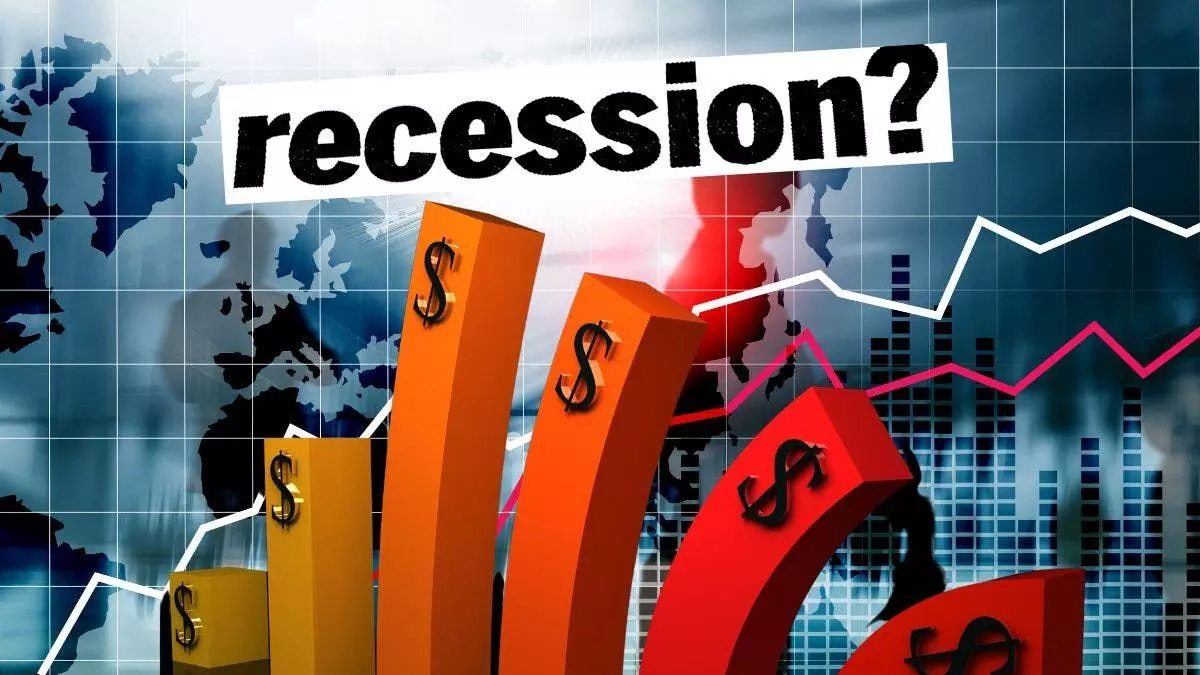
According to the Centre for Economics and Business Research (CEBR), the world economy will enter a recession in 2023. New borrowing rates to combat inflation will force a number of economies to contract.
According to the British consultancy’s yearly World Economic League Table, the global economy topped $100 trillion for the first time in 2022 but will halt in 2023 as policymakers continue to fight rising costs.
“It’s likely that the world economy will face a recession next year as a result of the rises in interest rates in response to higher inflation,” says Kay Daniel Neufeld, director and head of Forecasting at CEBR.
“The battle against inflation is not won yet. We expect central bankers to stick to their guns in 2023 despite the economic costs. The cost of bringing inflation down to more comfortable levels is a poorer growth outlook for a number of years to come,” the report added.
The study’s findings are more pessimistic than the International Monetary Fund’s most recent forecast. According to Bloomberg, that institution warned in October that more than a third of the world economy will contract and that there is a 25% probability of global GDP expanding by less than 2% in 2023, which it characterizes as a worldwide recession.
By 2037, the world’s GDP will be doubled
By 2037, the world’s GDP will be doubled as developing economies catch up with wealthy ones. According to Bloomberg, the East Asia and Pacific region will account for more than a third of world output by 2037, while Europe’s contribution would fall to less than a fifth.
The Centre for Economics and Business Research utilizes an internal model to forecast growth, inflation, and exchange rates based on data from the IMF’s World Economic Outlook.
According to the report, India will become the third $10 trillion economy in 2035, and the world’s third-largest by 2032.
